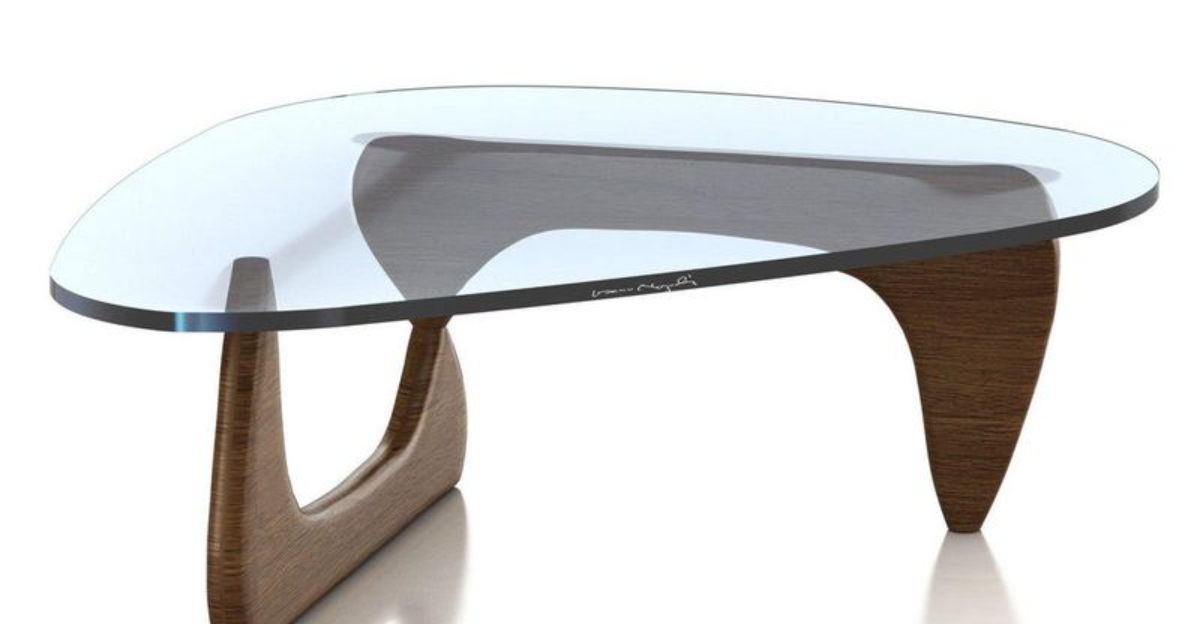Some designs achieve such perfection the first time around that they never need to change. In the world of interior design, certain iconic pieces have maintained their original form for decades, becoming symbols of enduring style and quality craftsmanship.
These design classics continue to grace modern spaces, proving that true innovation stands the test of time.
1. Eames Lounge Chair
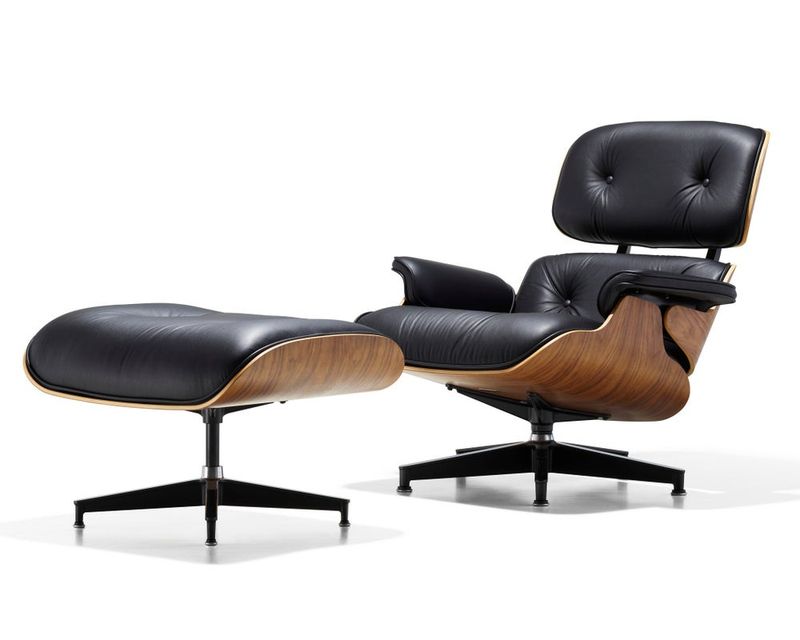
Crafted by Charles and Ray Eames in 1956, this masterpiece of mid-century modern design remains unchanged because it perfectly balances comfort with elegance.
The molded plywood and leather creation was revolutionary, offering a luxurious yet accessible alternative to traditional club chairs. Museums worldwide display this chair as art, while design enthusiasts still eagerly purchase the original specifications.
2. Anglepoise Lamp
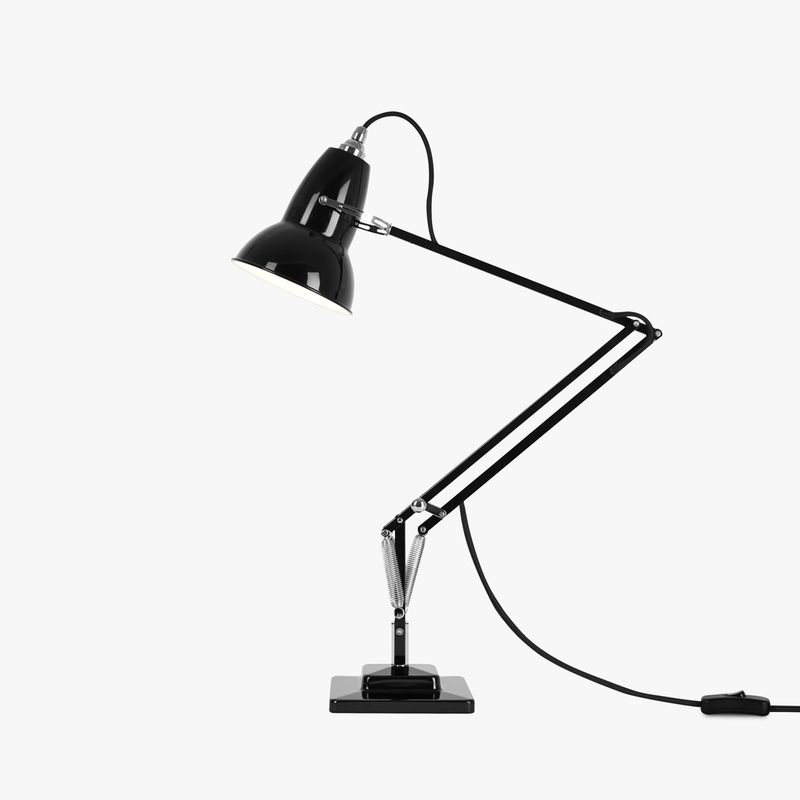
George Carwardine’s 1932 spring-balanced lamp design revolutionized task lighting with its perfect equilibrium system. Using automotive suspension principles, he created a lamp that could be positioned in countless ways while maintaining stability.
Nearly a century later, the Original 1227 model remains virtually unchanged. Its distinctive silhouette has appeared in film, television, and countless workspaces, becoming the archetype for all articulated lamps that followed.
3. Noguchi Coffee Table
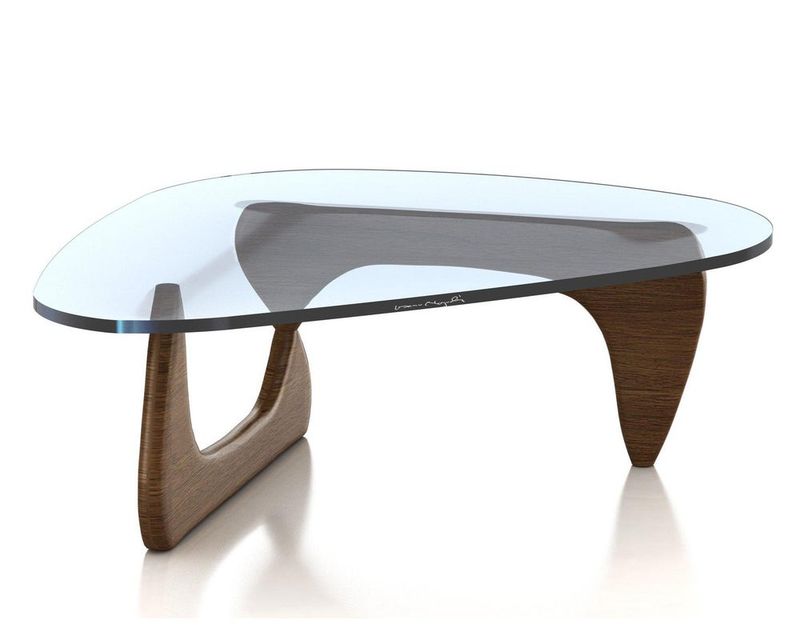
Sculptor Isamu Noguchi’s 1944 table transformed furniture into functional sculpture. The free-form glass top balances delicately on two identical wooden pieces that interlock without hardware.
Herman Miller has produced this table continuously since 1947 without altering its design. The table’s organic shape and sculptural base create a visual tension that makes it appear both substantial and weightless, a perfect expression of Noguchi’s artistic vision.
4. Tizio Desk Lamp
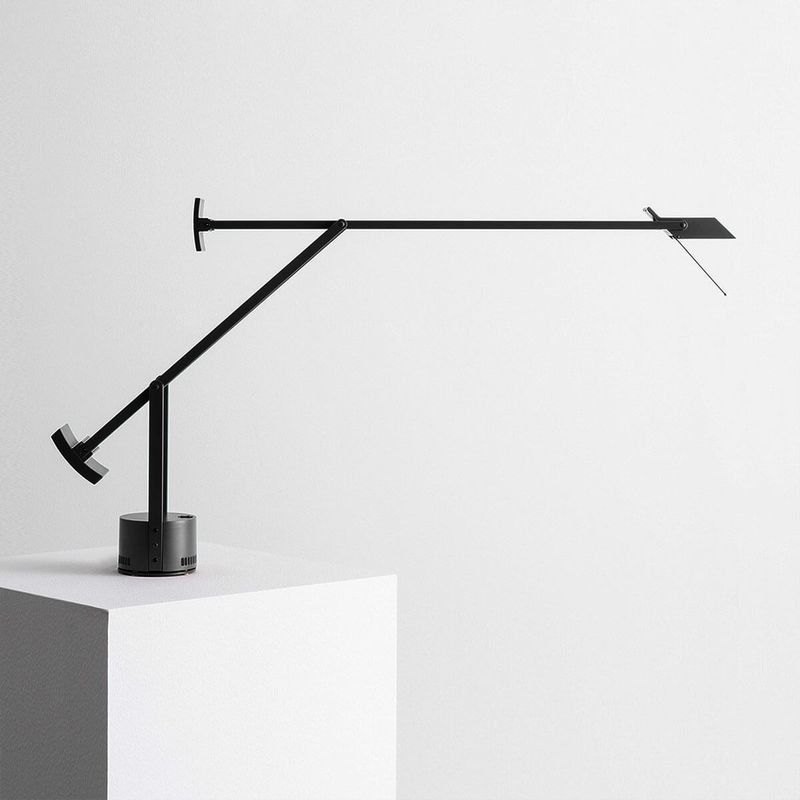
Richard Sapper’s 1972 Tizio lamp represents the perfect marriage of technology and minimalism. Its revolutionary counterbalance system eliminates the need for visible wires, creating an impossibly sleek profile.
The lamp transmits electricity through its own structure, a brilliant innovation that has never needed updating. Found in design museums and executive offices alike, its striking silhouette continues to influence contemporary lighting design while remaining utterly timeless.
5. Barcelona Chair
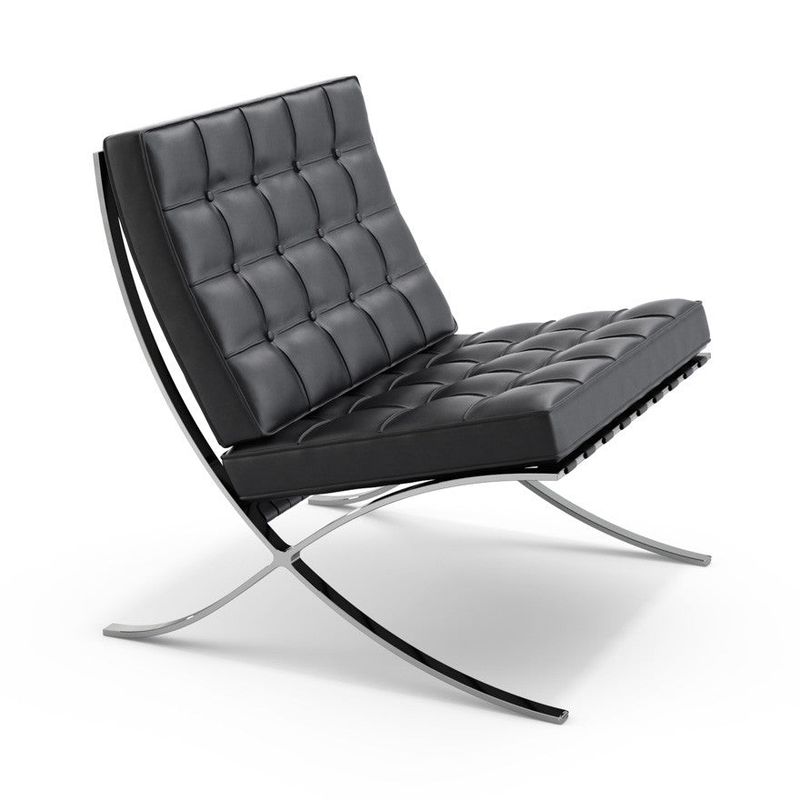
Ludwig Mies van der Rohe’s 1929 masterpiece was designed for Spanish royalty at the Barcelona International Exposition. Its flowing X-shaped frame and hand-tufted leather cushions exude luxury and sophistication.
Knoll has manufactured this chair to exacting specifications since 1953. Though countless imitations exist, the original’s proportions, materials, and craftsmanship remain unmatched, explaining why the design has never required revision in nearly a century.
6. Le Corbusier LC3 Grand Comfort Armchair
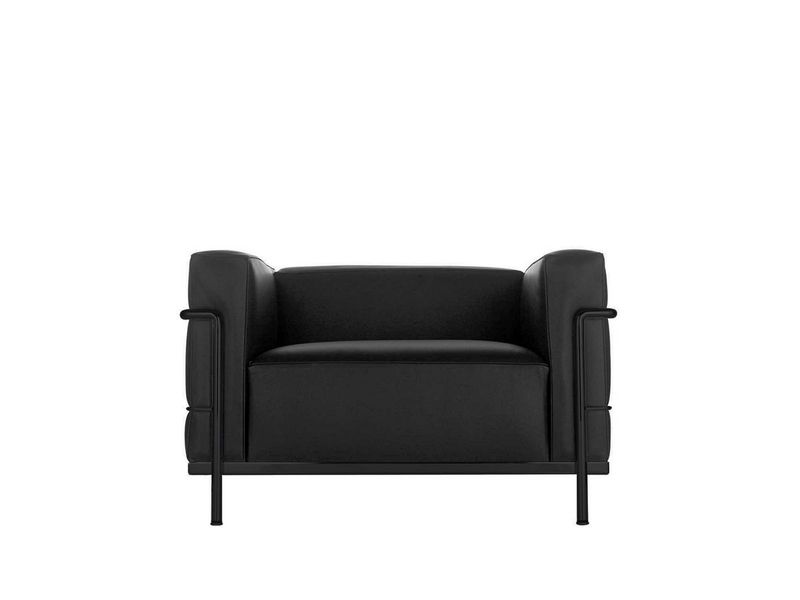
When Le Corbusier, Pierre Jeanneret, and Charlotte Perriand unveiled this cube-shaped masterpiece in 1928, they redefined what a luxury chair could be. Its revolutionary “cushion basket” design places plush leather cushions within a minimal tubular steel frame.
The stark contrast between industrial materials and sumptuous comfort was revolutionary. Cassina still produces the LC3 exactly as designed, respecting the perfect proportions that make this modernist icon as sought-after today as when it first appeared.
7. Arco Floor Lamp
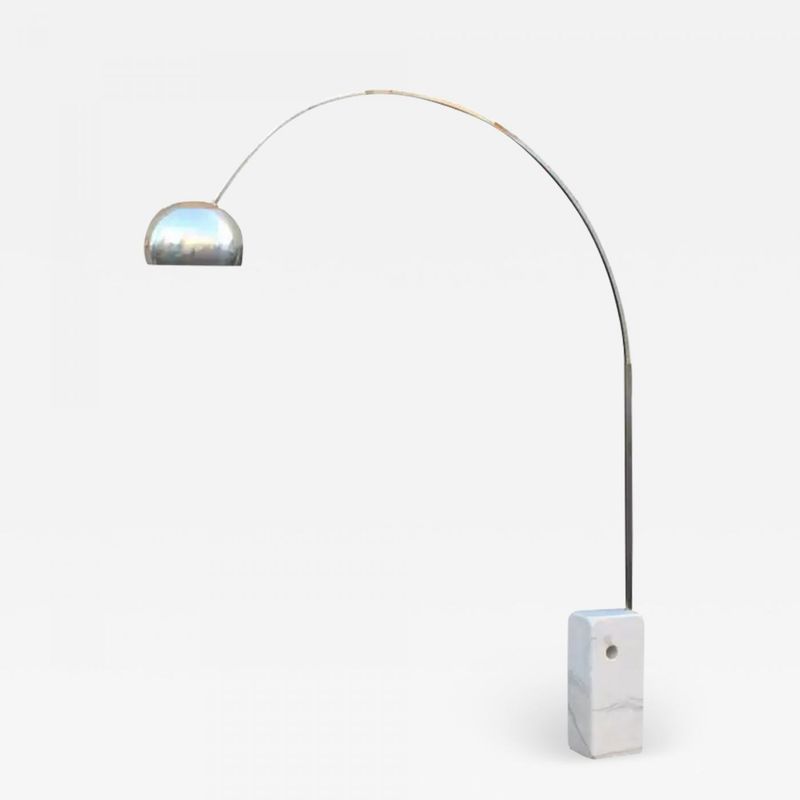
The Castiglioni brothers’ 1962 Arco lamp solved a common design problem with unprecedented elegance. They created an overhead light that required no ceiling installation, using a curved stainless steel arc extending from a marble base.
The marble counterweight contains a hole for easy repositioning. Flos has manufactured this ingenious lamp without modifications for six decades, as its perfect balance of form and function left no room for improvement.
8. Wassily Chair
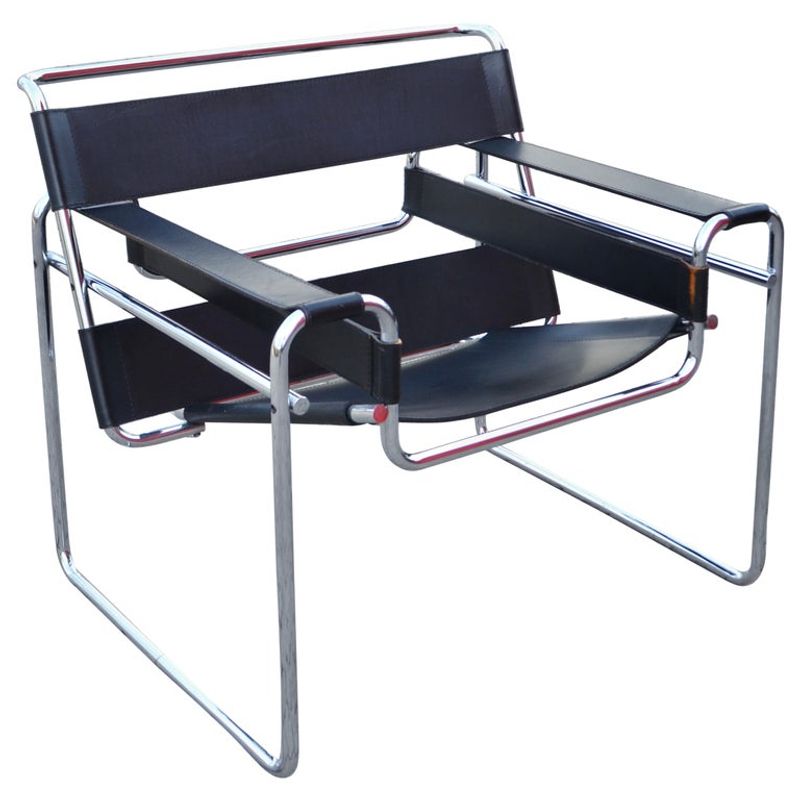
Marcel Breuer’s revolutionary 1925 chair, inspired by bicycle handlebars, deconstructed the traditional club chair to its essential elements. Using bent tubular steel and strips of canvas, Breuer created a chair that appeared to float in space.
Originally designed for painter Wassily Kandinsky, the chair’s radical reduction of form embodies Bauhaus principles perfectly. Knoll continues to produce this modernist icon exactly as Breuer designed it, its revolutionary spirit undiminished after nearly a century.
9. Tulip Table

Eero Saarinen’s 1956 pedestal table elegantly solved what he called the “slum of legs” problem in dining furniture. By replacing four legs with a single sculptural base, he created a cleaner visual environment and more comfortable seating arrangement.
The graceful sweep from base to tabletop mimics organic forms found in nature. Knoll has manufactured this revolutionary design continuously since its introduction, maintaining Saarinen’s exacting specifications for a piece that remains as fresh and innovative today as when first unveiled.
10. PH Artichoke Pendant Light
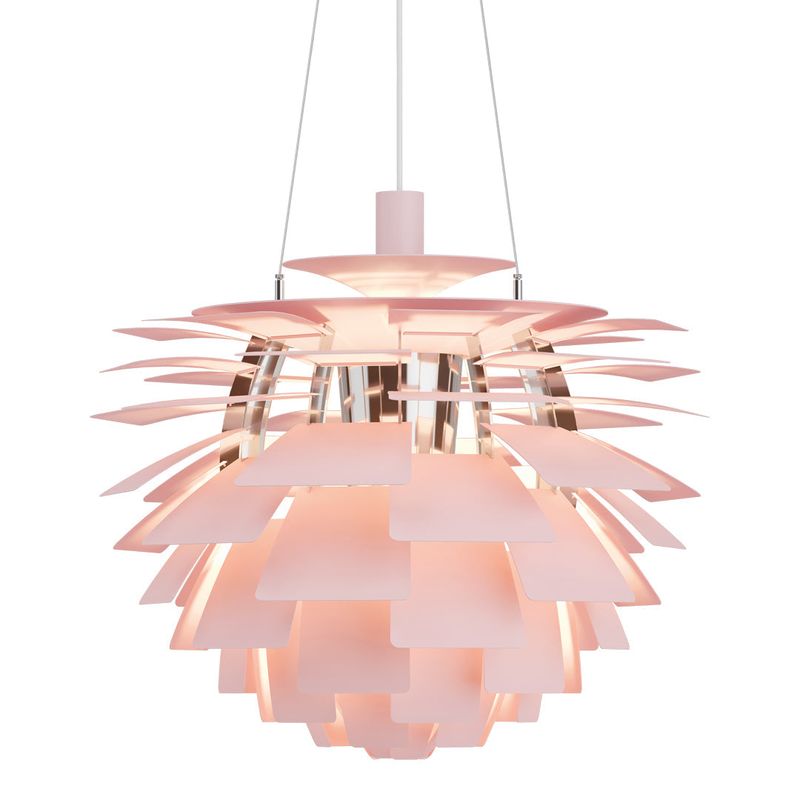
Poul Henningsen’s 1958 Artichoke lamp represents the pinnacle of lighting design, using 72 precisely positioned copper leaves to create perfect, glare-free illumination. Each leaf is arranged in 12 rows of six, creating a complex geometric pattern that shields the light source completely.
Louis Poulsen has manufactured this Danish masterpiece without alteration for over 60 years. The lamp’s ability to provide both ambient and directed light while functioning as a sculptural element explains why no redesign has ever been necessary.
11. Bialetti Moka Express
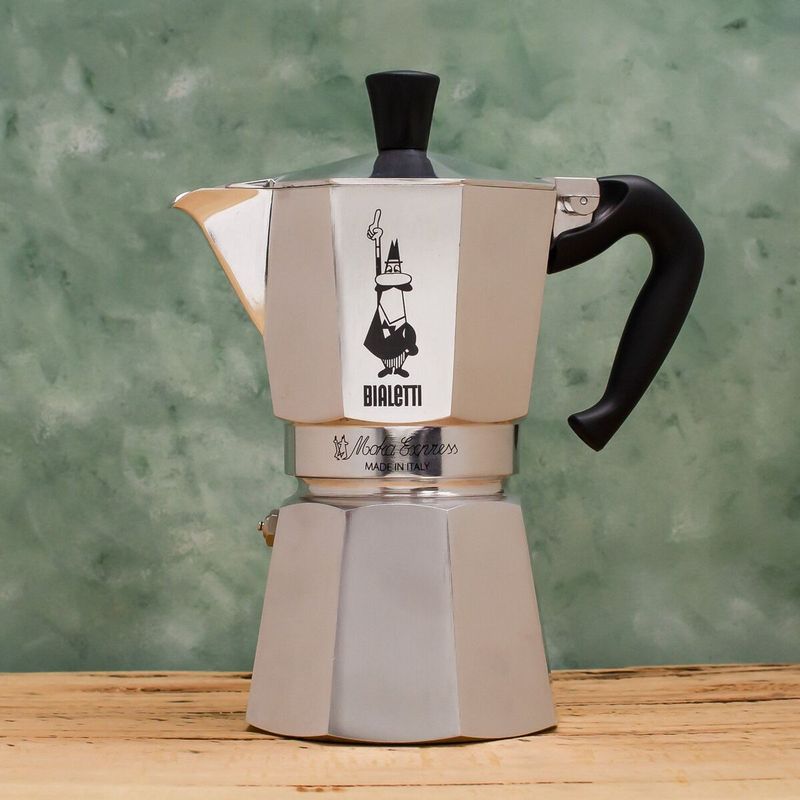
Alfonso Bialetti’s octagonal coffee maker has been brewing perfect Italian coffee since 1933. The aluminum pot uses simple physics—steam pressure forces hot water through ground coffee—creating rich, aromatic espresso-like coffee in minutes.
Over 200 million Moka pots have been sold worldwide, yet the design remains unchanged. The iconic faceted shape and mustachioed little man logo represent Italian design at its most democratic and functional, explaining why this humble kitchen object has earned a place in the Museum of Modern Art.
12. Braun ET66 Calculator
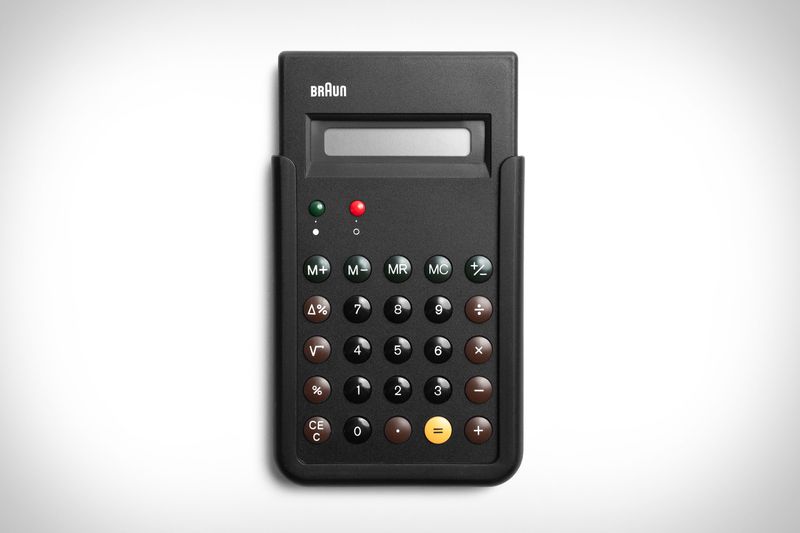
Dieter Rams and Dietrich Lubs created this pocket calculator in 1987, embodying Rams’ famous “less, but better” design philosophy. The rounded rectangular buttons and perfect proportions make this calculator instantly recognizable.
Apple’s Jony Ive has cited this design as direct inspiration for the iPhone calculator app. Despite the digital revolution, the physical ET66 remains in production with its original design intact, proving that when functional design reaches perfection, it becomes timeless.
13. Luxo L-1 Task Lamp
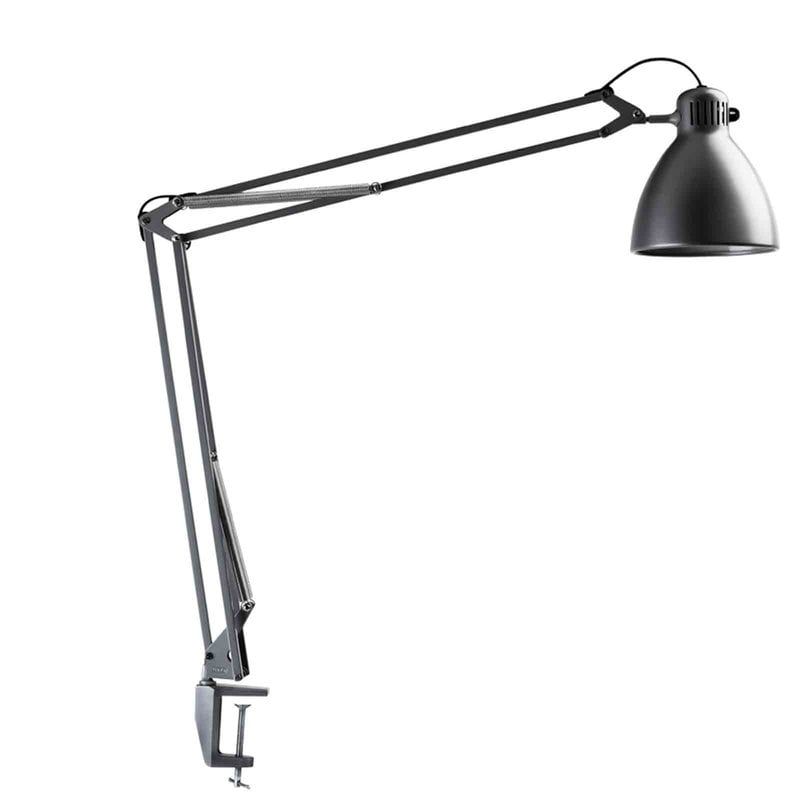
Jac Jacobsen’s 1937 L-1 lamp revolutionized task lighting with its perfect balance system and infinite positioning possibilities. The spring-tensioned arm can be adjusted to any position and stays put without drifting.
This Norwegian design classic has illuminated drafting tables and workspaces for generations. Pixar even immortalized the L-1 as their mascot, animating a playful lamp for their logo. The lamp remains in production with its original specifications, a testament to design that achieves absolute perfection.
14. Chemex Coffee Maker
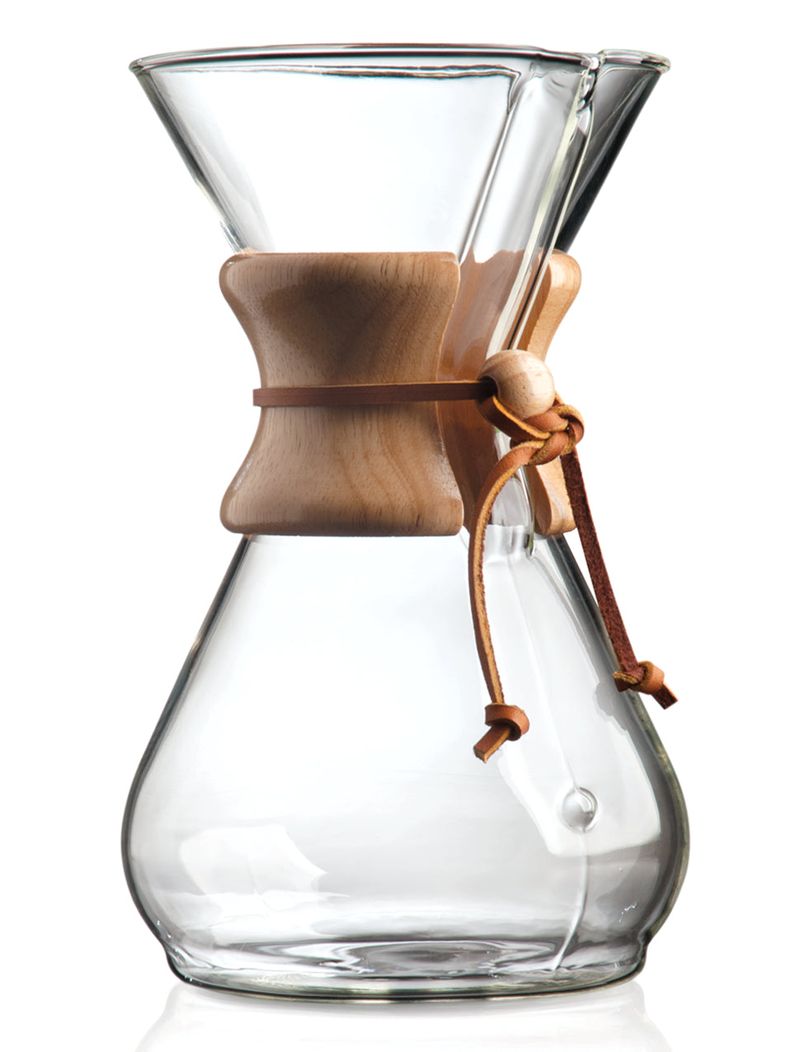
Chemist Peter Schlumbohm’s 1941 coffee maker is a perfect fusion of laboratory equipment and elegant design. The hourglass-shaped vessel with wooden collar and leather tie creates coffee that’s remarkably clean and flavorful.
The Museum of Modern Art added the Chemex to its permanent collection in 1943. Still made exactly as Schlumbohm designed it, this brewing method has enjoyed renewed popularity with coffee connoisseurs who appreciate both its scientific precision and timeless beauty.
15. Riedel Wine Glasses

Claus Riedel revolutionized wine enjoyment in the 1950s when he discovered that glass shape dramatically affects taste perception. His varietal-specific glasses were designed to direct wine to the parts of the palate where its characteristics would be most appreciated.
The elegant, thin-walled stemware designs remain unchanged decades later. Wine experts worldwide still consider Riedel’s original designs the gold standard for enhancing wine’s bouquet and flavor, proving that perfect function can also be beautiful.
16. Nelson Bubble Lamps

George Nelson’s 1952 pendant lamps combined industrial materials with organic shapes to create lighting with a warm, diffused glow. Using a spray-on plastic coating over a steel wire frame, Nelson created lamps that appeared to float like clouds.
Herman Miller has produced these iconic pendants continuously since the 1950s. The Bubble lamps’ soft illumination and sculptural presence have made them favorites of architects and designers for generations, their timeless forms requiring no updates or redesigns.

